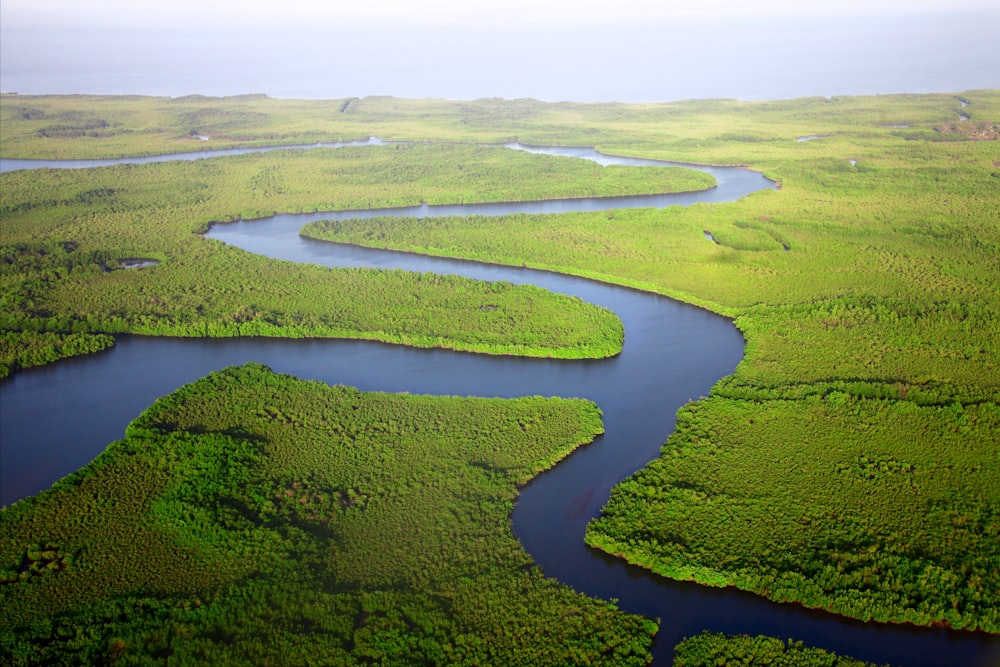The Curious Floral Links Creating Healthy Fluvial Environments
The principle that fluvial systems are influenced by greenery is well established, but the exact mechanisms not always so well. DEFRA have reported that, across the UK, there are over 10,000 sites suffering from invasive flora. Achieving a detailed understanding of the curious links flora establish with wetland systems is more important than ever. Biodiversity is key to life on earth, of course. Reaching the fine balance required to maintain fragile ecosystems whilst achieving the overall goal of a balanced, productive ecosystem is one that requires careful analysis. That being said, it is far from impossible.
The impact of large foliage
Trees are a huge part of the British biosphere, and a big element of national culture. The oak is widely lauded as a symbol of the country, for instance. Trees are also a controversial subject in the world of fluvial science. A landmark study by UCLAN found that trees generally reduce flood levels, but comparisons between studies led to inconclusive models. The powerful rooting effect and groundwater absorption of trees leads to changes in river levels and floodplain levels. Before undertaking remedial lumbering activity in wetlands, refer to ground survey data and conduct a thorough analysis of what the impacts will be, both in terms of river course and flooding data. Take note that biodiversity is key to maintaining a good fluvial environment.
Eutrophication and ‘good’ levels of algae
Algae, in its various varieties, is one of the essential building blocks of the UK’s ecosystem. According to biologist Martyn Kelly, algae forms 75% of UK plant species ever recorded, which exemplifies its reach and importance. These tiny lifeforms, combined, create a consideration as great as the overimposing trees.
What levels of algae might you hope to encourage in a balanced ecosystem? A 2015 study by researchers at the Kansas State University found that rivers receive considerable N and P input, the ultimate focus of eutrophication. Moderating algae levels in the river, then, can be seen as a product of moderating N and P levels. With the interaction of trees providing impacts on flooding levels at periods of maximum flow, look into the surrounding agricultural land and what levels of nutrients grassland and agriculture are likely to deposit in the system. Ironically, the nutrient grade found in agricultural land, and their likelihood of finding their way into the fluvial system, are more likely to have an impact on the balance of floral biodiversity than any direct actions taken on the river system.
Assessing agricultural impact
Agriculture, therefore, has an effect on the entire outlook of an assessment geared towards balancing floral biodiversity with the necessities of a river system and its fauna. A comprehensive assessment of the impact of agriculture by the UK Water Partnership and Global Food Security outlined this, and advocates enabling sharing of information between interested parties in order to find a balance. This is key for river restoration planners, too, as the impact of agriculture, often influenced by flood levels affected by arbourial culture, upon rivers, will impact algae, ultimately having a great effect on the prevailing floral ecosystem.
Like the microscopic ecosystems that operate within them, or the larger members of the food chain in established systems, the interaction between aspects of influence on river systems has a determinative result on the variety and quality of the ecosystem that results.


Add new comment